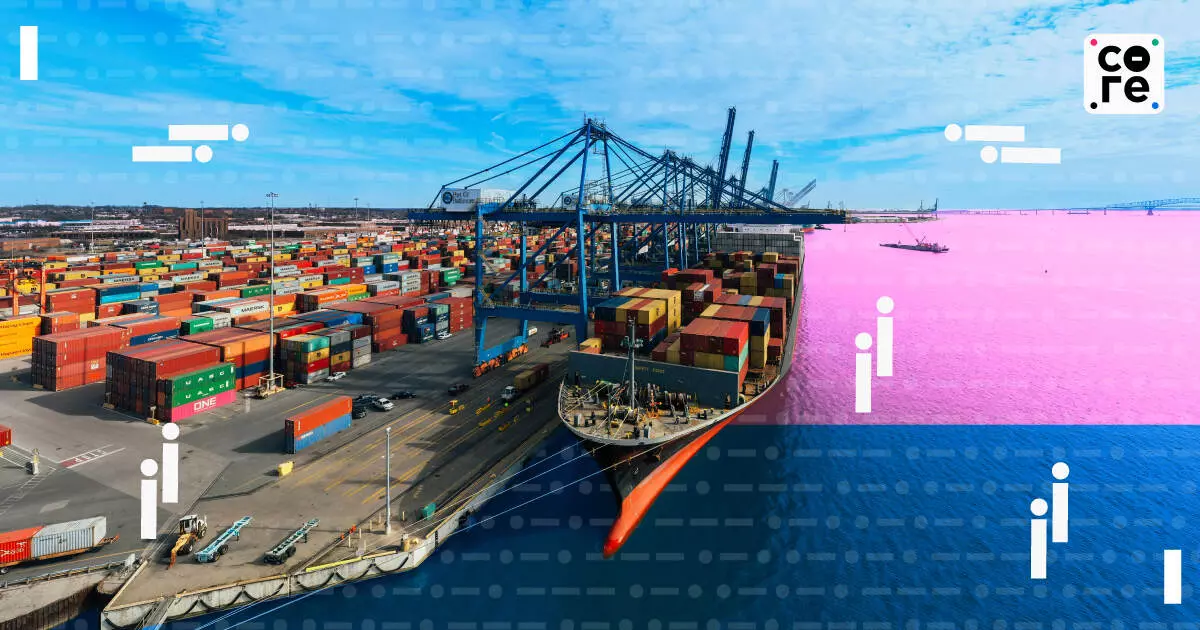By Zinal Dedhia
Copyright thecore

When Parliament passed the Coastal Shipping Act, 2025 in August, the government hailed it as a milestone — a law to replace a colonial-era relic and finally give India’s coastal trade its own modern regulatory backbone. Officials spoke of unclogging roads, reducing logistics costs, and giving Indian-flagged ships priority on domestic waters.India’s extensive coastline, if utilised, could be a game-changer for logistics. The new law was aimed at modernising and regulating India’s coastal shipping, promoting safer, faster, and more efficient movement of goods along the coast. Months later, shippers, shipowners, and maritime veterans reveal a different story — one of limited benefits, heightened compliance, and little real relief for those moving cargo along India’s 7,500-km coastline. For all its fanfare, the Act is struggling to convince the very people it was designed to serve. What Changed and Why It Matters The starting point for reform was almost symbolic. The earlier Coastal Shipping Act of 1838, born under the East India Company, had been patched over time but never comprehensively updated. The Coastal Shipping Act of 1838 was outdated and ill-suited for modern India. Its framework focused on colonial-era trade, covering only traditional cargo ships, while newer categories, such as barges, rigs and passenger ships, were excluded and not covered under that law. Instead, they ended up being regulated under a patchwork of other laws. Coastal trade rules were buried within the broader Merchant Shipping Act of 1958, creating regulatory confusion, and enforcement mechanisms were weak, making compliance easy to overlook. Inflexible and archaic, the law could not keep pace with the growth, technology, and complexity of India’s contemporary coastal shipping sector. The new law repeals the Coastal Shipping Act of 1838, finally separating coastal trade rules from the Merchant Shipping Act, 1958. It widens the scope to include barges, jack-up rigs, and accommodation vessels, while strengthening penalties for violations. The Merchant Shipping Act is India’s primary law governing ocean-going and international shipping, which encompasses nearly all aspects related to ships that sail beyond Indian coastal waters — from their construction and registration to crewing, operation, and the procedures in place in the event of maritime incidents.On paper, it looks like a long-overdue clean-up. But industry insiders argue it merely codifies existing practices without solving bottlenecks. “Honestly speaking, I don’t see how this is going to help in any way to ameliorate or alleviate the requirements of a coastal shipper,” said John Mathews, a shipping veteran with three decades in the sector. He gave a simple example: moving 1,000 containers of tiles from Gujarat to Kerala. Today, only large vessels can carry that kind of load in a single trip — but most of those are foreign-owned. India’s coastal ships are small, so they end up making multiple voyages, which defeats the cost advantage. “If the big cargo is anyway moving on foreign-flagged ships along our coast, the Indian coastal shippers and the new act have no role here?” Mathew said. “The Coastal Shipping Act alone cannot ease cargo movement. You need larger ships and a supportive regulatory framework.” The foreign carriers operate most large vessels, and the smaller ships that handle daily coastal trade simply cannot transport cargo like 1,000 containers. “The new act doesn’t address construction rules, flagging norms, or administrative ease. Without those, shipping is going to remain as usual,” Mathews added. Mathews said that the act focuses heavily on penalties, ensuring shipowners and cargo owners “follow rules they were already following.” In his view, it amounts to codifying the status quo rather than enabling growth. The Government’s Pitch Inside the corridors of the Directorate General of Shipping (DG Shipping), the act is viewed as transformative. “Through this legislation, we have built in safeguards to ensure coastal shipping develops in line with national needs,” said Ravi Kumar, a senior DG Shipping official. He highlighted four pillars: National strategy: A Coastal and Inland Shipping Committee will draw up five-year strategies to align industry, state governments, and regulators.Digitalisation: A centralised portal will handle all licensing and permits, reducing paperwork and discretionary delays.Indian preference: The act reaffirms cabotage restrictions, giving Indian-flagged vessels first rights on domestic cargo, though the DG Shipping retains powers to allow foreign ships if capacity falls short.Financing support: The Maritime Development Fund, announced during the 2025 Budget, promises cheaper capital for small and medium shipowners, traditionally priced out by high vessel construction costs. From the government’s standpoint, this is a balancing act: supporting Indian shipping, ensuring cargo keeps moving and keeping pace with…



